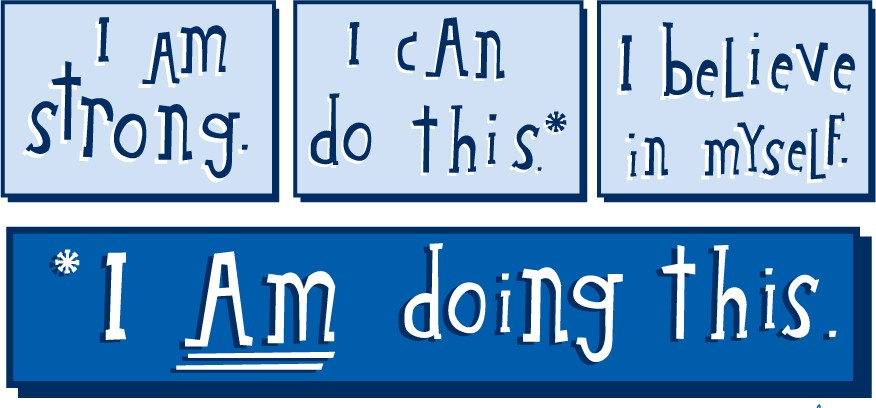Affirmation, Contribution, Power, Purpose, & Challenge
A.C.P.P.C
What does it ALL mean?!
Affirmation: "Perhaps the most basic of student needs is for affirmation."
- I am accepted here.
- I am safe here.
- Others listen to me, and I listen to them.
- People want to know me, and acknowledge my likes and dislikes.
- People BELIEVE in me.
Contribution: "Not only do people tell me I am worthwhile, I can actually see that I am."
- I make a difference in this place and in the work in this place.
- I bring my abilities and strengths.
- I help others in the class succeed.
- I am connected to the others by common goals.
Power:
- What I learn is useful to me now.
- I learn to make choices that give me success.
- I understand what is expected of me.
- I know what quality looks like.
- There is support all around for me.
Purpose:"Purpose, like power and contribution, is a factor in developing a sense of self-efficacy."
- I understand what we do here.
- What we do here shows who I am and my world.
- What we do here makes a difference to me and in the world around me.
- The work absorbs me.
Challenge: "Youth is a time for dreaming"
- The work compliments my abilities.
- It stretches me.
- I work hard.
- I am accountable for my own growth, and in helping others grow.
- I accomplish things that I did not know were possible.
So what is all of this? It is what your students should discover and know. It is what will help them grow, and it will help them succeed. Not only that, but it is what your students want to find.






